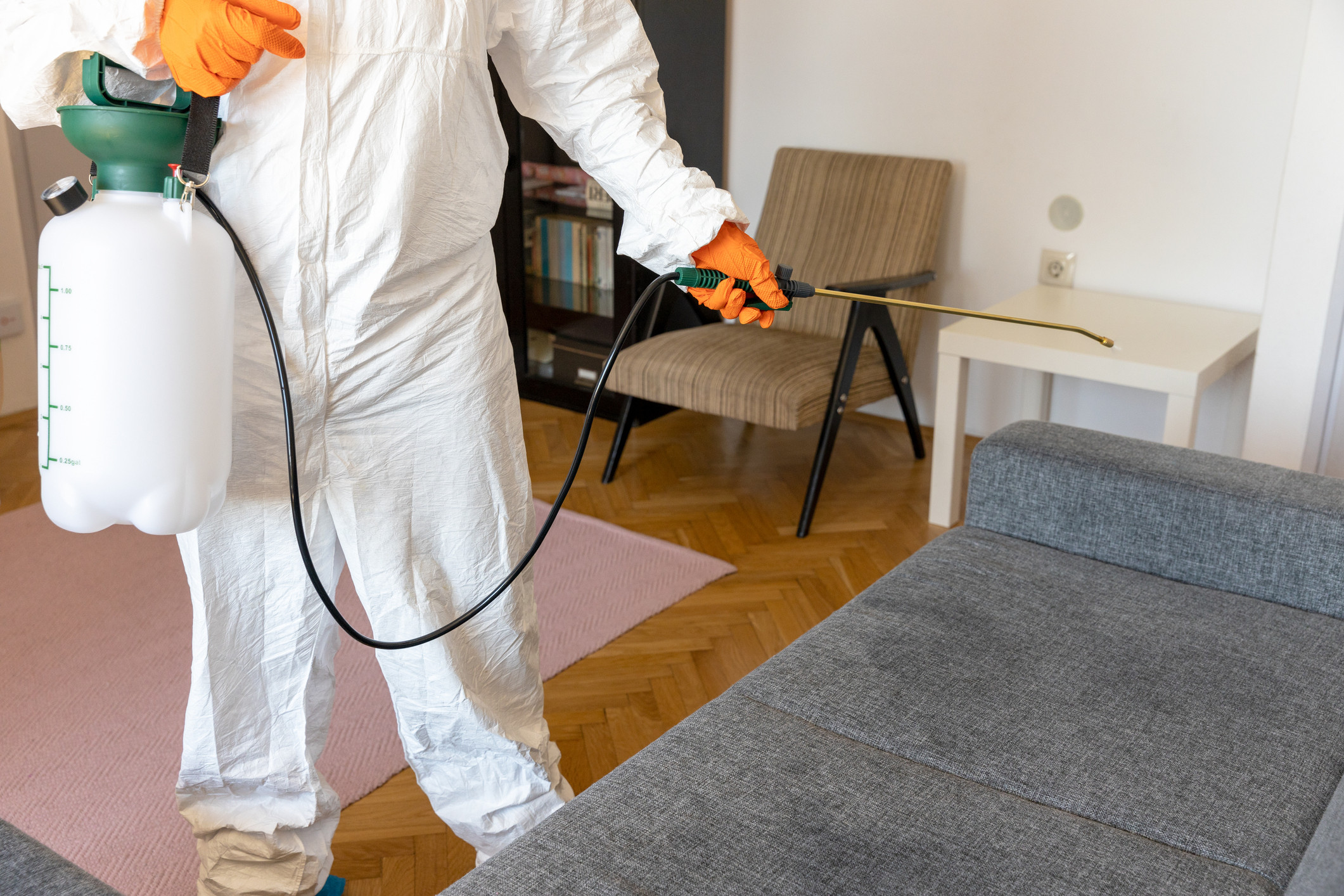
So, you’ve just finished a kitchen remodel, revamped the basement, or updated your windows—and everything looks great. But now you’re seeing something unexpected: more pests. Cockroaches in the new pantry, ants near freshly installed cabinets, or even rodents scurrying around the basement.
This isn’t a coincidence.
Renovation projects often disrupt the environment in and around your home in ways that attract or uncover pest problems. If you’re noticing more bugs or rodents after a remodel, you’re not alone—and you’re not imagining it.
Let’s dive into why pest activity often increases after renovations and what you can do about it.
1. You’ve Disturbed Hidden Nests
One of the most common reasons for a spike in pest activity during or after renovations is accidentally disturbing pest hiding spots.
- Rodents, cockroaches, and even ants love undisturbed areas like wall voids, crawl spaces, and attics.
- Renovations often involve tearing down walls, removing old cabinetry, or opening up floors, which can expose or disturb these hidden nests.
- Once disturbed, pests scatter—often into new areas of the home where they’re more visible.
🛠 Real-world example:
Tearing down drywall can uncover a previously unnoticed rodent nest in the wall cavity. The rodents, displaced, begin looking for new shelter—often inside your freshly remodeled space.
2. Construction Creates New Entry Points
During renovations, your home may temporarily be open to the outside world in ways it normally isn’t.
- Gaps in siding, open doors, missing window screens, or unsealed foundations offer easy access for pests.
- Pests such as mice, spiders, ants, and even squirrels are opportunists—they’ll seize any chance to sneak in, especially if construction is ongoing over several days or weeks.
- Contractors may unintentionally leave access points unsealed, especially in areas like attics, basements, or crawlspaces.
🔎 Common missed entry points:
- Gaps around new pipes or wires
- Openings behind newly installed cabinets
- Basement window wells or vents
- Dryer vents left without covers
3. Renovations Stir Up Food and Water Sources
Even clean renovations can shift or expose crumbs, spills, or plumbing leaks, creating a temporary buffet for pests.
- Sawdust and debris can mix with food particles, attracting insects like ants or roaches.
- If new plumbing was installed and not sealed correctly, small leaks can attract pests looking for water.
- Freshly stocked pantries post-renovation provide an appealing, scent-filled invitation—especially if food is left out or stored improperly.
💧 Moisture tip:
Check under new sinks, appliances, or utility rooms for tiny leaks or condensation—these are magnets for cockroaches and silverfish.
4. Construction Materials Can Introduce Pests
Believe it or not, sometimes pests hitchhike their way in on building materials, furniture, or packaging.
- Termites or carpenter ants may be present in untreated wood.
- Stored items brought back inside after a renovation (especially from garages or sheds) may harbor spiders, beetles, or rodents.
- New appliances or cabinets may come with packaging materials that can attract pests or contain egg sacs (yes, it happens!).
This is especially common when renovations involve reclaimed materials or secondhand fixtures.
5. Pests Are Seeking Shelter from the Chaos
Construction can change the ambient environment of a home—temperature, lighting, humidity, and noise levels all shift.
- As walls are opened or insulation is removed, pests may migrate to find more comfortable hiding spots.
- Rodents or insects displaced by the noise and activity might find refuge in quieter, less active parts of the house—like bedrooms, pantries, or inside HVAC ducts.
How to Prevent Pest Issues During and After Renovation
The good news? With a little foresight, you can minimize the risk of post-renovation pest problems.
✅ 1. Seal Entry Points Immediately
- Use expanding foam, caulk, or mesh to close any gaps around pipes, wires, vents, or baseboards.
- Make sure contractors aren’t leaving access points unsealed overnight.
✅ 2. Keep the Site Clean
- Sweep up crumbs, sawdust, and trash daily.
- Store food and snacks for workers in sealed containers.
- Empty trash regularly—especially food waste.
✅ 3. Inspect Materials Before Bringing Them In
- Check packaging, wood, and secondhand items for signs of pests.
- Avoid storing materials directly on the ground or near the home’s foundation.
✅ 4. Address Moisture Quickly
- Ensure all plumbing work is properly sealed.
- Check that dishwashers, sinks, and washing machines aren’t leaking after install.
✅ 5. Schedule a Post-Renovation Pest Inspection
- A quick visit from a professional pest control company can identify issues early.
- Consider preventative treatment in newly opened or exposed areas.
Final Thoughts: Renovate with Peace of Mind
A pest problem shouldn’t be part of your home improvement journey—but it can be if you don’t take the right precautions. Renovations create the perfect storm for pest activity, but with the right preparation and follow-up, you can enjoy your upgraded space without any unwanted visitors. We recommend pest control temecula.







